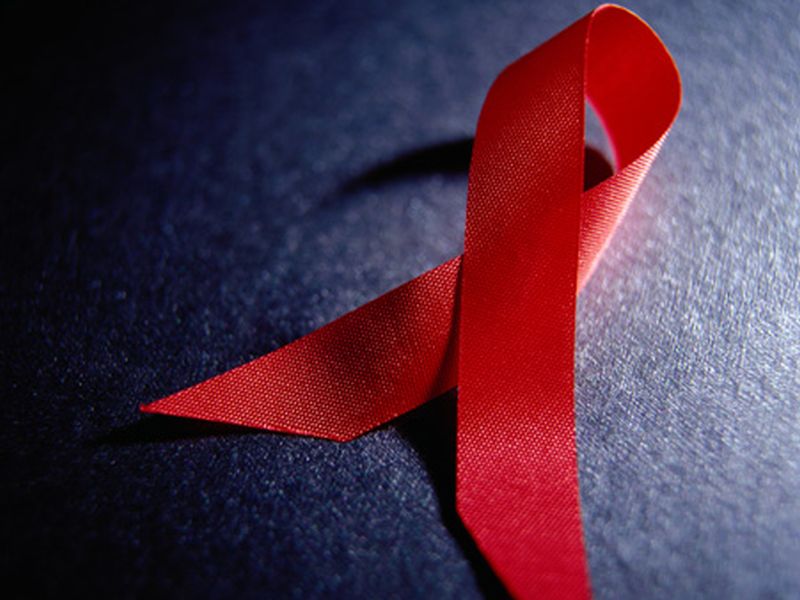
AIDS-related deaths worldwide have been halved since 2005 as more people were able to get lifesaving drugs, UNAIDS (a United Nations Program) says in a new report.
In 2016, 19.5 million (53 percent) of the almost 37 million people living with HIV (the virus that causes AIDS) had access to HIV treatment. AIDS-related deaths fell from 1.9 million in 2005 to 1 million in 2016.
If the treatment trend continues, the goal to provide drugs for 30 million HIV patients by 2020 will be achieved, according to the report.
“We met the 2015 target of 15 million people on treatment and we are on track to double that number to 30 million and meet the 2020 target,” said Michel Sidibe, executive director of UNAIDS.
“We will continue to scale up to reach everyone in need and honor our commitment of leaving no one behind,” Sidibe said in a program news release.
The greatest progress has been in eastern and southern Africa, which has been hardest hit by HIV and accounts for more than half of all people living with HIV worldwide.
Since 2010, AIDS-related deaths in that region have decreased 42 percent. New HIV infections have fallen 29 percent in that area, including a 56 percent decline in new HIV infections among children.
In 2016, an estimated 1.8 million people worldwide became newly infected with HIV, the UNAIDS report said.
The report details the progress made in achieving the 90-90-90 targets, which were launched in 2014 with the goal that by 2020: 90 percent of people living with HIV know their HIV status, 90 percent of people with diagnosed HIV were accessing sustained antiretroviral therapy, and 90 percent of people accessing antiretroviral therapy are virally suppressed.
As of 2016, 70 percent of people with HIV knew their HIV status. Of the people who knew their status, 77 percent were accessing treatment. Of the people accessing treatment, 82 percent were virally suppressed, which protects their health and helps to prevent transmission of HIV.
As AIDS-related deaths have fallen, there has been a significant rise in life expectancy in areas most affected by HIV/AIDS. In eastern and southern Africa, life expectancy increased nearly 10 years from 2006 to 2016, according to the report.
“Communities and families are thriving as AIDS is being pushed back,” Sidibe. “As we bring the epidemic under control, health outcomes are improving and nations are becoming stronger.”
But Doctors Without Borders — a group that’s worked on the front lines of the AIDS crisis for decades — says more work must be done.
“While it is good news that so many are now on HIV treatment, 1 million deaths is still too many,” Sharonann Lynch, the group’s HIV and TB adviser, said in an agency statement. “There is still an AIDS crisis and it is gravely concerning that international assistance for HIV and AIDS is now being withdrawn under the wrong assumption that the battle has been won.”
The only region in the world where new HIV infections and AIDS-related deaths increased was Eastern Europe/central Asia. AIDS-related deaths rose 38 percent and new HIV infections increased from approximately 120,000 in 2010 to 190,000 in 2016. Injection drug users accounted for 42 percent of those new infections.
In the Russian federation, newly reported cases of HIV rose 75 percent between 2010 and 2016.
Access to HIV treatment in Eastern Europe and central Asia more than doubled between 2010 and 2016, but only 28 percent of people with HIV have access to antiretroviral drugs, even though two out of three people with HIV know their HIV status, the report said.
More information
The World Health Organization has more on HIV/AIDS.
Source: HealthDay

Leave a Reply